Created by Paru Itagaki , best known for her work Beastars, Bota Bota is a one shot story of hers that was worth the read when I had the objective of passing the time while reading the absurd. The stories I tend to seek out are those bordering the absurd, psychological, and just plain weird. It also means "drip drip" in reference to the sound of dropping fluid (from the main characters tendency to have nosebleeds).

A small trivia about the author: Paru Itagaki never shows her face and wears a chicken mask during interviews. She's also the daughter of Keisuke Itagaki, known best for his work Baki the Grappler.
Plot:
Higari is a woman that struggles to find love despite being described by peers as beautiful. Everything was fine about her except her tendency to go into profuse nosebleeds whenever she comes in contact with things deemed as dirty unconsciously. Naturally, this also prevented any meaningful relationships from growing further when suitors get scared away by Higari's blood soaked form during sex. It's a story about her quest for love, frustration in having sex, and overcoming her unnatural condition.
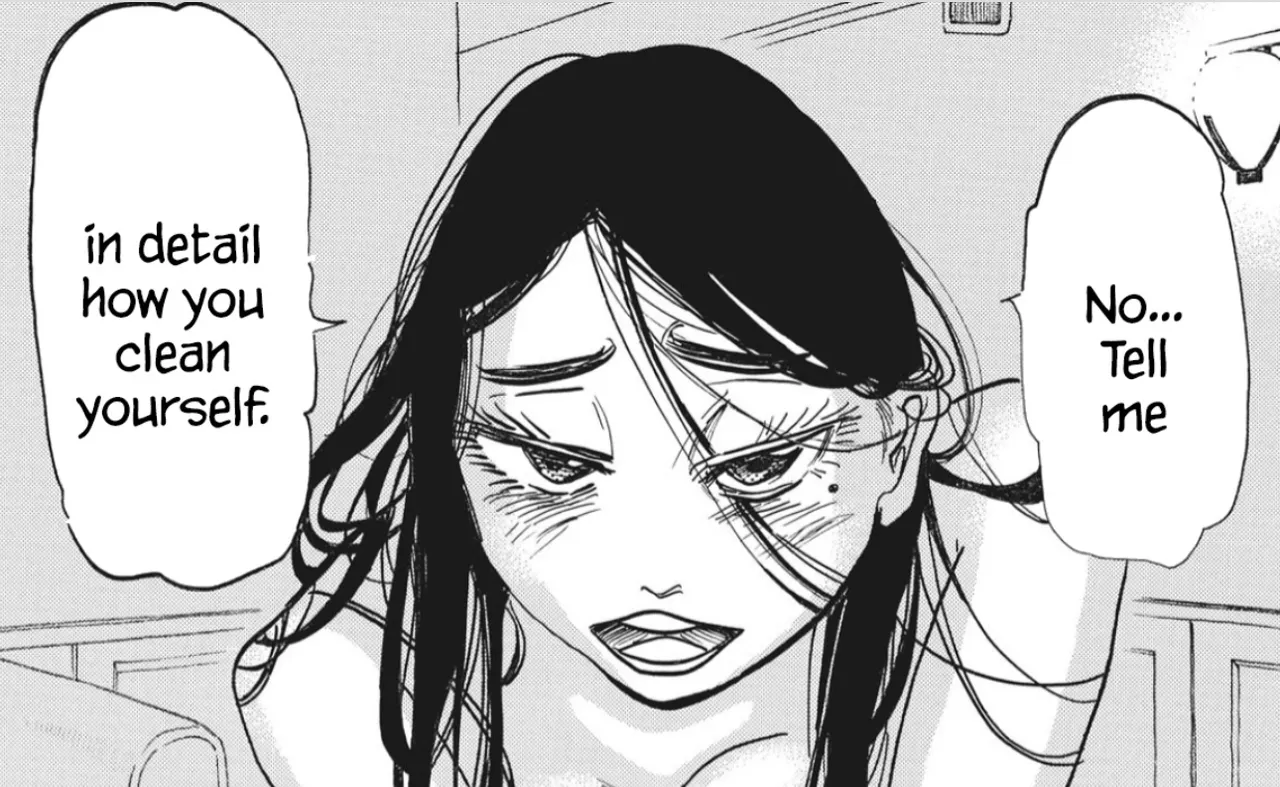
Warning: Spoilers ahead. If you are interested in the story at this point and hate the spoilers, I suggest you don't go beyond this point. It's an 8 chapter story you can finish in a hour or less anyway. The images are screenshots from the manga.
It's a story of one's struggle find happiness and overcoming their own shortcomings whatever means necessary even at the cost of shame. This is something I see less when it comes to Japanese story telling where the main character tries to define themselves by active agency against their circumstances. It's usually the opposite where characters from anime are usually shaped by their external circumstances in which they react and that reaction propels the story forward.
If you're familiar with the common story telling trope where some conflict existed that the hero is not in control of and therefore pushed into an adventure to move the story forward, this is the type of story telling I'd get to see from manga. The hero reacts to their circumstances therefore a story is created.
But Bota Bota is more along the lines of the heroine understanding their own circumstance and the conflict is within them so they do something about it. The driver to do is within and this is a stronger motive than external forces motivating one to do. The conflict exists within the self and rejecting the way things are. The story wouldn't exist if Higari was fine not desiring any physical contact or connection with other people. This makes her choice to change her situation as a the main agent for the story and not because her environment pressured her to change.
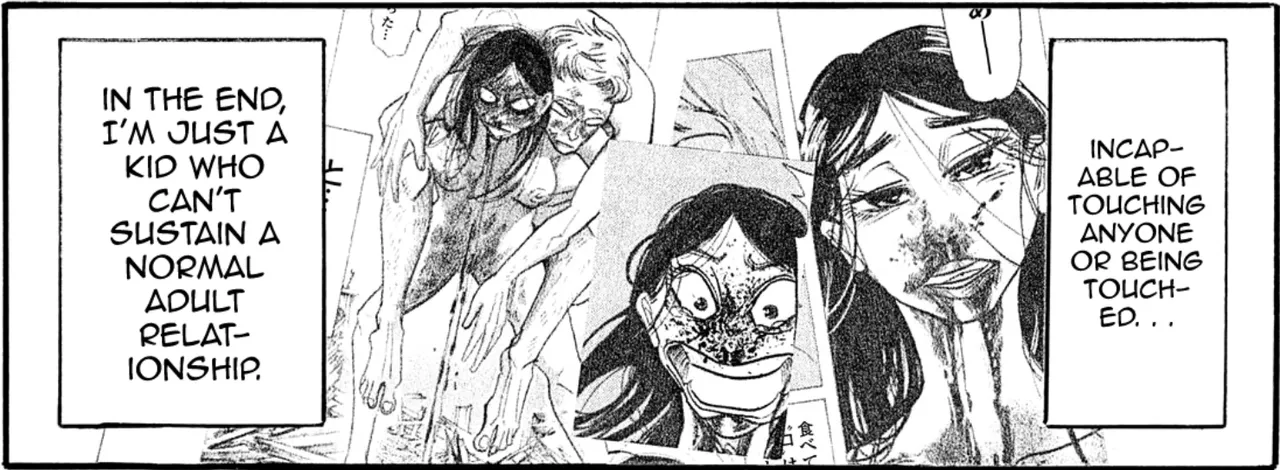
I know overanalyzing the simple romantic comedy is a bit of overkill but this is how I like processing stories. How can a character/person be pushed to a point where they commit self depreciating, tolerate shame, and still find the inner strength to push forward knowing the odds of success are slim. The story starts off with coworkers gossiping about how she has been with every guy in the factory except the unlucky guy that wants to try be with her.
This meant her pursuit of love has already been a chronic struggle that even the culture of shame in a working environment didn't stop her. And our impression as readers seeing her point of view may have raised some eyebrows based on her view of hygiene but other than that, Higari's struggles of finding love are relatable.
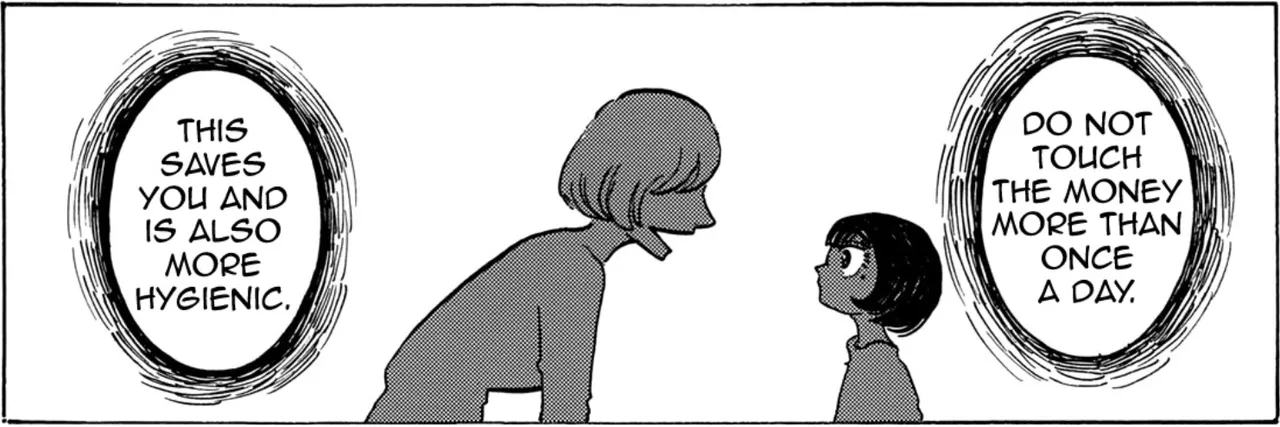
I'm no psychologist or trained to be professional in that particular field but her condition reminds me of a conversion disorders. That's when there's no plausible physical source that could explain a sign/symptom because it's the problem is tied to a psychological source. Higari's obsession with cleanliness stemmed from her mother's trauma but that's not something I'll be spoiling on this post.
As funny as her struggles seem to be on the surface, I can't help but empathize her dilemma. When she finally found a potential lover that could provide her what she was looking for, she retracted in disbelief. This is the part of the story where it resonated a lot with me, once you're used to seeing failure, the vision of success becomes blurry until it hits you and you don't recognize it.
It just comes to a point where I just say please someone get this girl laid already.
The Art Style
The way the manga was drawn hovers around the boundary between simple yet doesn't shy away to stylized key scenes in the story. There are some scenes where the characters were something you'd likely see from a Tim Burton movie given how the wide eyes and slim body form is one of the main features of the main character.
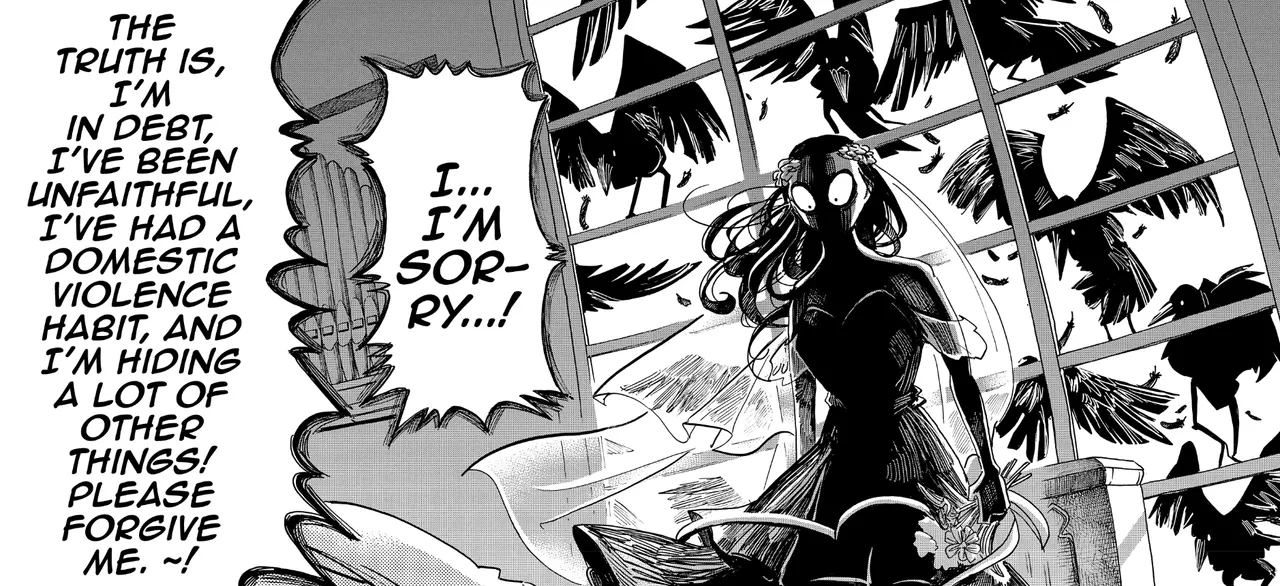
The predominant style leans more on using less lines and shading just enough to give an impression. What I mean is that unlike other manga that rely heavily of lines in achieving form from shading techniques, this one only gives the bare minimum. But even when there are less lines used, the drawings don't lose their anime-like features. Some dramatic scenes would have move lines dedicated to rendering out a bloody detail and I think this offers a good visual contrast in emphasizing a scene.
I like this style in terms of implementing just enough lines as necessary. It's always about two extremes for me, either they go minimal with the art or go super detailed like Vagabond.
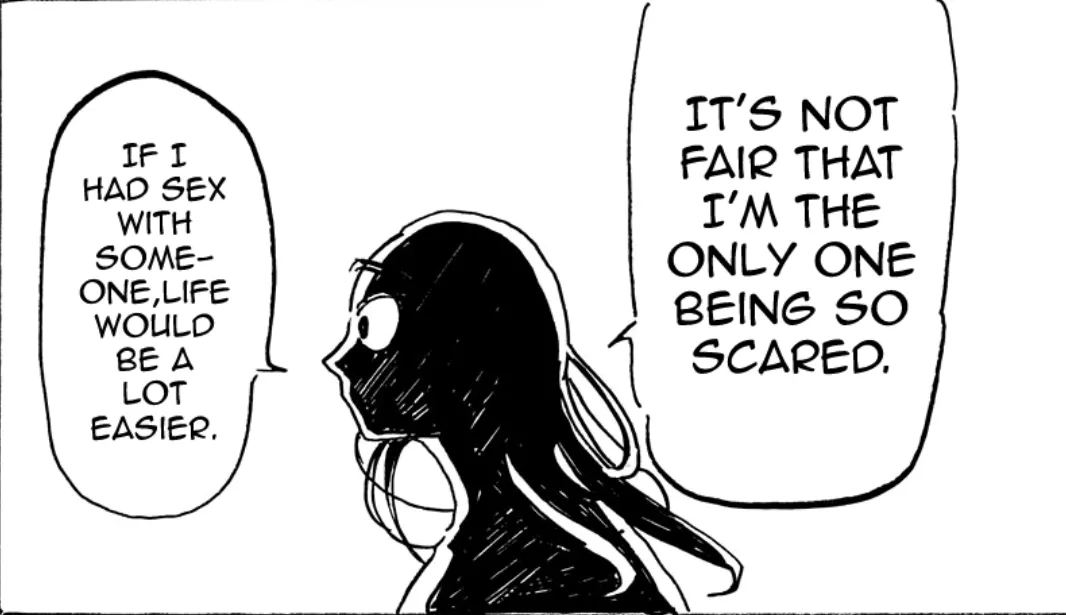
Conclusion:
I'd recommend giving the total of 8 chapters a read. Despite the serious and relatable themes it has on the deeper level, even a casual reader who just wants to pass the time can probably get entertained with the light hearted humor. The plot seems something like I would expect from a J-Drama or K-drama if you've seen those romantic comedy stories.
If you made it this far reading, thank you for your time.
